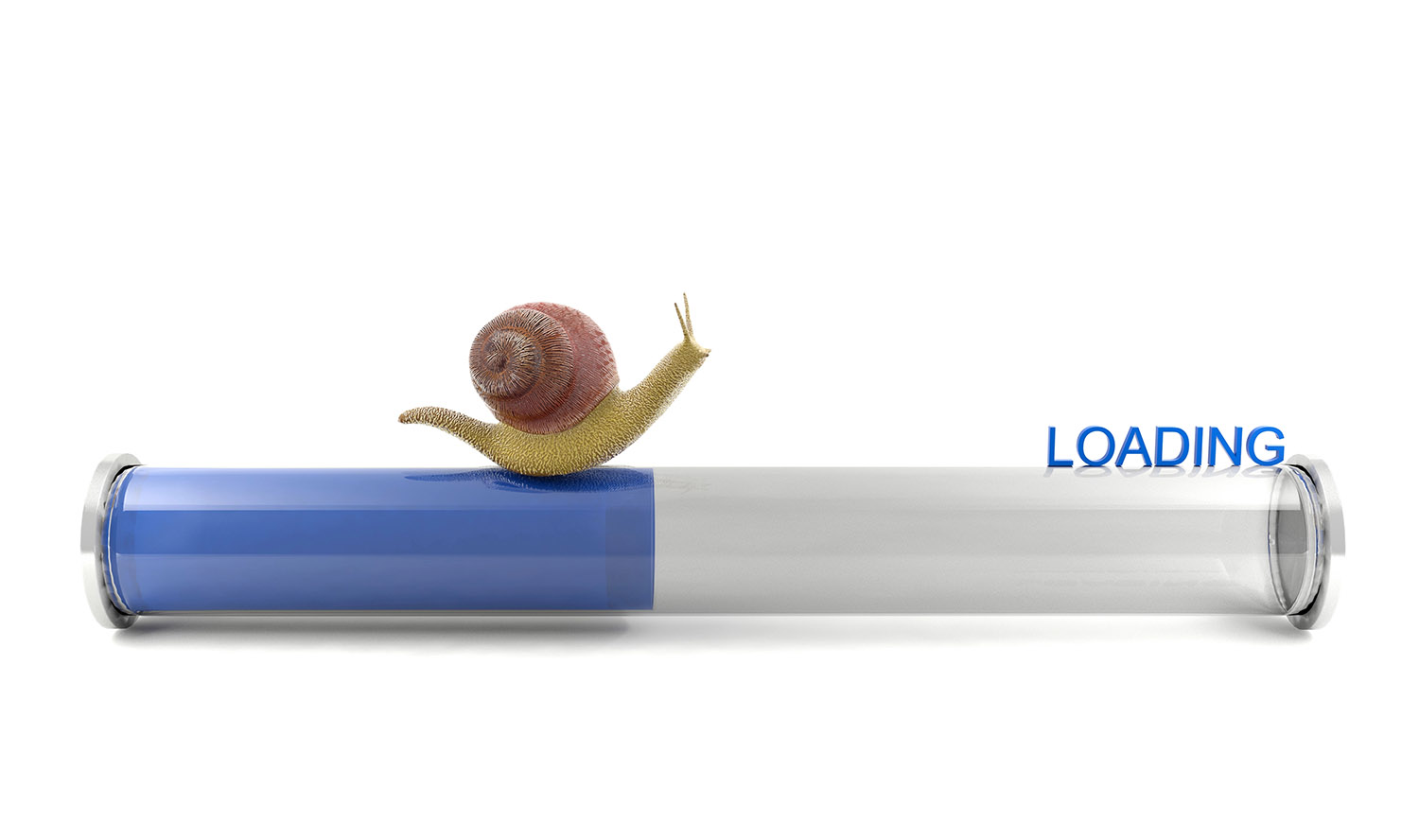By John Eberhard
Over the years Google has changed their criteria for ranking websites, to include a number of factors related to page loading speed. In other words, if your page loads slowly, it will hurt your search engine rankings, on Google and also on Bing and Yahoo.

Google made page speed a ranking factor for desktop searches starting in 2010, then for mobile searches in 2018. In 2021 they came out with what they called Core Web Vitals, which are metrics to measure user experience. These included the Largest Contentful Paint, Cumulative Layout Shift, and First Input Delay. I know that’s a mouthful, but I’ll define each one.
Largest Contentful Paint (LCP) measures the time it takes for the main content on your page to fully load after someone either enters your website URL and hits enter, or clicks a link to your site. Specifically, it tracks how long it takes for everything visible on the screen (before scrolling) to finish loading. This should ideally happen within 2.5 seconds. If it takes longer, Google may lower your site’s ranking in search results.
Several factors can slow down your LCP. Common culprits include large images or autoplay background videos placed near the top of the page, as well as slow server response times from your web host.

Certain design elements that were once trendy—like full-screen image sliders or video-heavy headers—need to be used cautiously now. When planning your page content, optimizing your LCP score should be a top priority.
You can check your LCP score here:
https://gtmetrix.com/largest-contentful-paint.html
Website load times can vary, so it’s important to test your site multiple times over a few days, to get an accurate picture.
Cumulative Layout Shift (CLS) measures how much visual content moves around while your page is loading. If you’ve ever tried to click a button that suddenly jumps out of place, that’s an example of a high CLS—and it can hurt your rankings. A good CLS score is 0.1 or lower.
First Input Delay (FID) tracks the time between when a user interacts with your site—like clicking a link or button—and when the browser actually starts processing that action. You should aim for a delay of 100 milliseconds or less.
Another important metric is Time To First Byte (TTFB). This measures the time it takes from when a visitor requests your site to when the server begins sending back data. Ideally, TTFB should be under 200 milliseconds. If it’s regularly above 600 milliseconds, search engines will probably penalize your site, and it might be time to consider switching to a faster web host. In fact, many big-name hosting providers are known for poor server speeds today.
Which Metrics Matter Most—and What to Do About Poor Scores
Of all the metrics, Largest Contentful Paint (LCP) and Time To First Byte (TTFB) are the most critical. Both are highlighted clearly on tools like GTMetrix.

If your LCP is over 2.5 seconds, start by examining the content that appears above the fold (what you see before scrolling). Are you using a heavy image slider with lots of slides? Is there a long autoplay video background at the top of the page? Try replacing these with a single optimized static image and see how that impacts your LCP score. Designers may be reluctant to part with their big slider or autoplay video backgrounds, but since these changes, page loading speed has to be the higher priority.
A sluggish hosting server can negatively affect both LCP and TTFB. Some hosts are significantly faster than others, so doing your research and choosing a high-performance provider can make a big difference.
Caching is another method that can boost page speed. If you’re using WordPress, there are several plugins available to enable caching with minimal setup.

Also helpful is minifying and combining CSS and JavaScript files—again, WordPress plugins can handle this for you and help streamline performance. But test multiple plugins to see which one gives you the best results.
And work with a reliable search engine ranking company (link to https://realwebmarketing.net/services/seo/) to get all your page loading speed metrics in order.
Best of luck improving your website’s speed!

